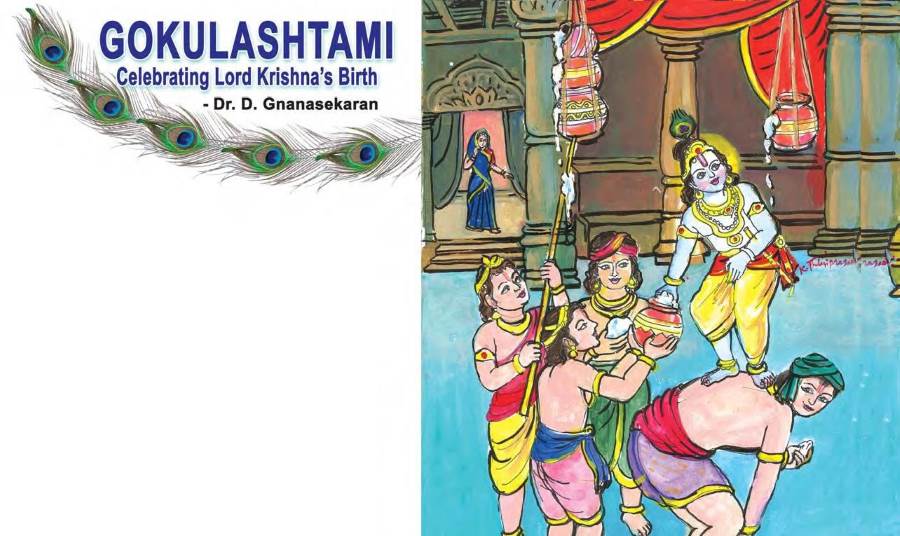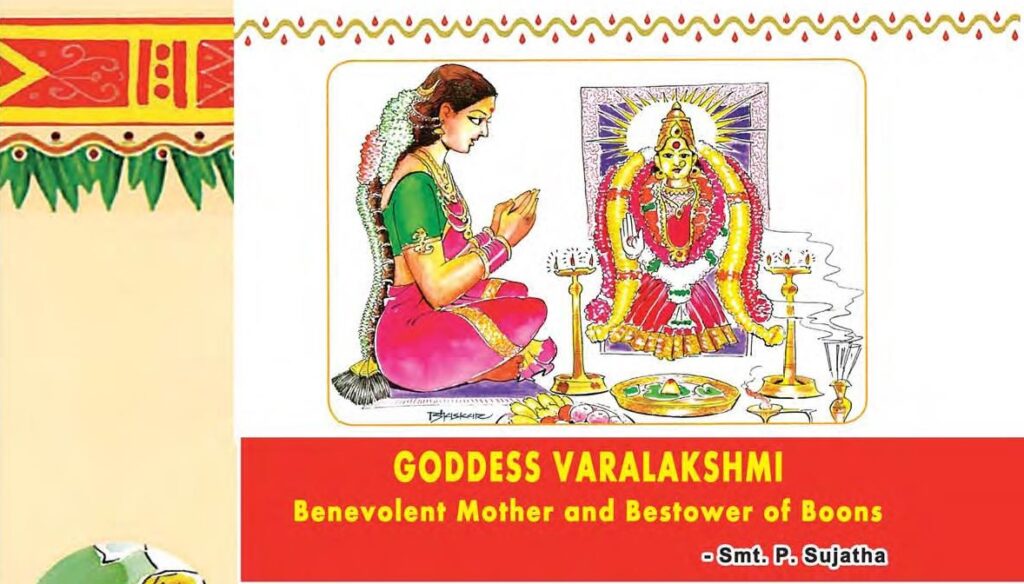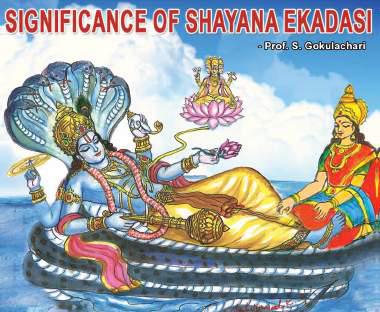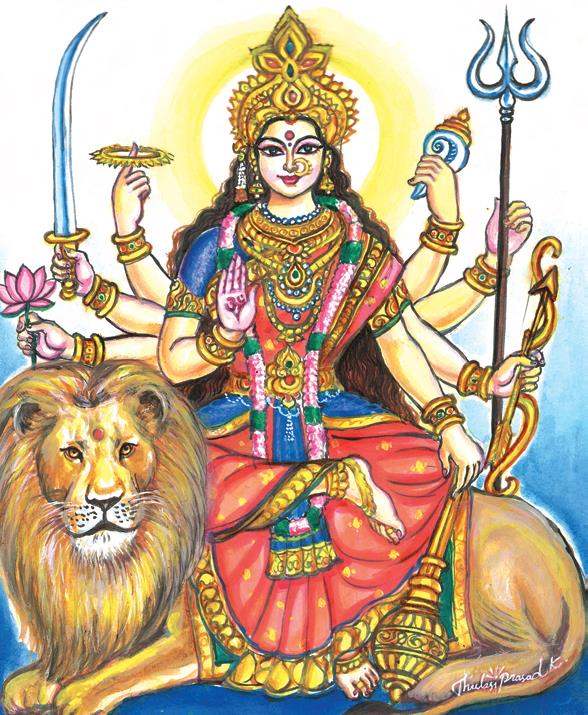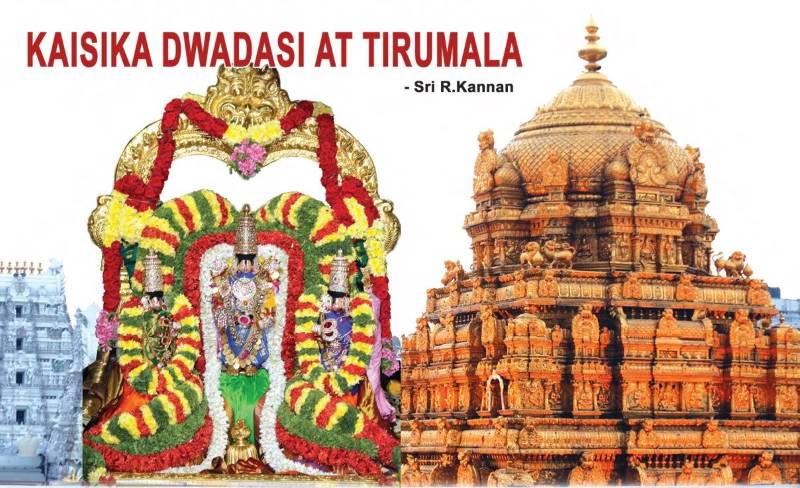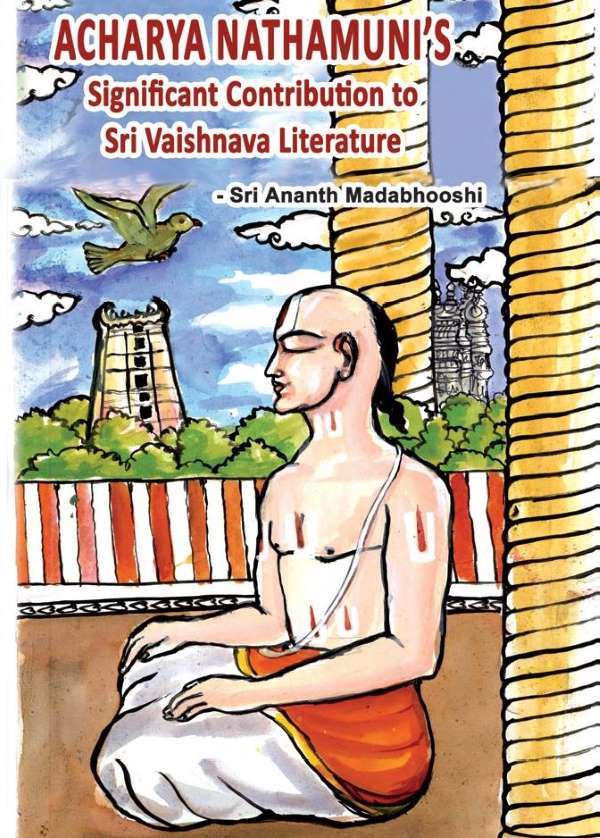Mother is divine (Matru Devo Bhava) Mother is a divine word of all times. She is compared on par with the Supreme Being Any living being who has the first relationship in this world is with its mother. Mother is divine. The word itself depicts love, compassion, ownership and truth. All human beings start talking Read More
Category: Special Articles
Matsya Avatar in the Puranas
Matsya Avatar The ten incarnations of God are – Matsya, Kurma, Varaha, Narasimha, Vaman, Parashuram, Rama, Balarama, Krishna and Kalki. Among them, Matsya Avatar is revered as the first incarnation of God Vishnu. In India India is famous for its ancient knowledge system. India’s ancient wisdom shows the path of development and peace. We have Read More
Sapthagiri Magazine
Sapthagiri Magazine – Subscription Details The ‘Sapthagiri’ is a spiritual monthly magazine published by the Tirumala Tirupati Devasthanams. Many spiritual features are being published in the ‘Sapthagiri’ magazine. The ‘Sapthagiri’ magazine is being published in Telugu, English, Tamil, Kannada, Hindi and Sanskrit languages. The annual subscription to ‘Sapthagiri’ magazine is Rs.240/-. The life subscription to Read More
Gokulashtami – Celebrating Lord Krishna’s Birth
Krishna Janmashtami, also known simply as Krishnashtami, Janmashtami, or Gokulashtami, is an annual Hindu festival that celebrates the birth of Krishna, the eighth avatar of Vishnu. Gokulashtami The birth of Lord Krishna represents the triumph of good over evil. He is worshipped as the eighth incarnation (avatar) of Lord Vishnu who is known for his Read More
Goddess Varalakshmi – Benevolent Mother and Bestower of Boons
Goddess Varalakshmi Every married Hindu woman, mostly in the southern states of our country, propitiates the goddess Lakshmi on this most auspicious day in the month of Shravana. They pray to the goddess Varalakshmi (Lakshmi, the boon-giver)) to provide happiness, wealth, health and longevity to their husbands. In other words, it is a prayer made Read More
Significance of Shayana Ekadasi
Shayana Ekadasi / Toli Ekadasi / Tholi Ekadasi Ekadasi known as the ‘Day of Lord Vishnu, in Sanskrit means, ‘the Eleventh Day,’ occurs twice in a lunar month’, and is a very auspicious day to follow in the Hindu calendar. The story of Ekadasi is very interesting. In Satya Yuga, there was an awful Demon Read More
Navaratri – 9 Nights of Bhakti
Navaratri – Vijayadasami The beginning of the Asviyuja month of the Indian lunar calendar (between September and October) marks the start of a long festival throughout the country. Popularly known as Navaratri, Dasara or Dussehra, this festival is celebrated for nine nights, hence the name Navaratri. ‘Nava’ in Sanskrit is nine and ‘ratri’ denotes night. Read More
Kaisika Dwadasi Asthanam at Tirumala
Kaisika dwadasi Asthanam In Tirumala on Kaisika dwadasi day, Asthanam in the name of ‘Kaisika dwadasi Asthanam’ is done. In that asthanam, Nampaduvan story in Kaisikapuranam will be recited. The Month of Karthika has got a lot of significance in the field of Devotion and Spirituality. During this month, Karthika Brahmotsavam of Sri Padmavati devi Read More
Sri Ranganathamuni – Contribution to Sri Vaishnava Literature
Sri Ranganathamuni Acharya Sriman Ranganathamuni, also known as Sri Nathamuni is accorded the principal position in the grand lineage of mentors or Acharyas of Sri Vaishnava tradition. The available annals and chronicles trace his birth year as 823 CE. It is now exactly 1200 since he descended on the earth. Acharya Sriman Nathamuni championed the Read More
AdiVaraha Kshetra (Tirumala)
AdiVaraha Kshetram It is essential to know the names of the Seven Hills – Seshadri, Neeladri, Garudadri, Anjanadri, Vrushabadri, Narayanadri, and Venkatadri – that is the abode of Lord Venkateswara, the famous Kaliyuga Avatara of Sri Mahavishnu, who descended from the Vaikunta to protect his devotees. He is the world-famous and richest god and is Read More
